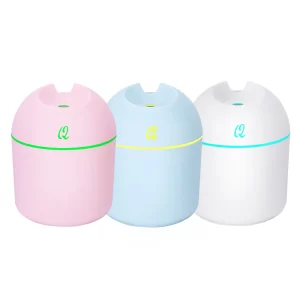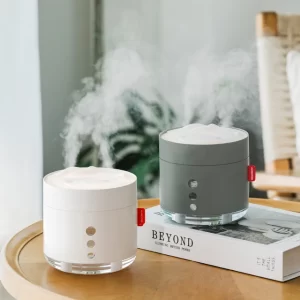Tackling Mold in Your Humidifier: A Comprehensive Guide
Introduction
Mold growth in a humidifier can be a health concern and cause unpleasant odors in your home. It is essential to address this issue promptly to ensure a clean and healthy environment. In this comprehensive guide, we will explore effective methods to tackle mold in your humidifier. From regular cleaning and maintenance to using preventative measures, we will provide specific instructions to help you eliminate mold and prevent its recurrence. Get ready to ensure a mold-free and hygienic humidifier that promotes clean and comfortable air in your home.
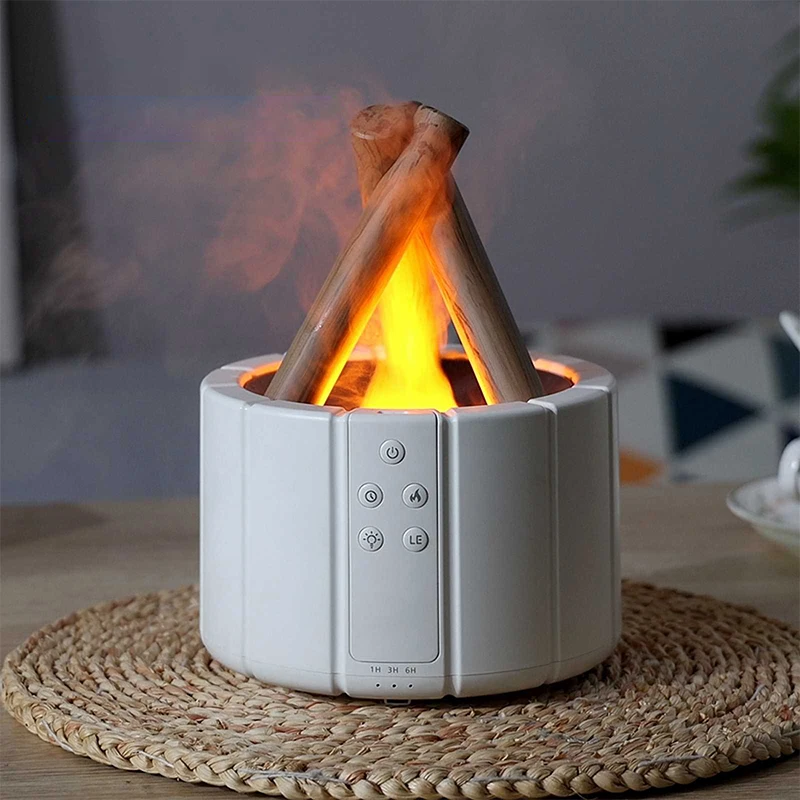
Tackling Mold in Your Humidifier: A Comprehensive Guide
I. Recognizing the Signs of Mold Infestation
Identify the signs of mold infestation in your humidifier:
-
Visible Mold:
- Look for black, green, or brown spots and growth on the humidifier’s water tank, filter, or other components. Mold may also appear as fuzzy patches or slimy residues.
-
Unpleasant Odors:
- Notice any musty or unclean smells emanating from your humidifier. Mold growth often produces unpleasant odors, which can be indicative of a mold infestation.
-
Allergic Reactions:
- Pay attention to any increased allergies, respiratory issues, or worsened asthma symptoms when using the humidifier. Mold spores can trigger allergic reactions in sensitive individuals.
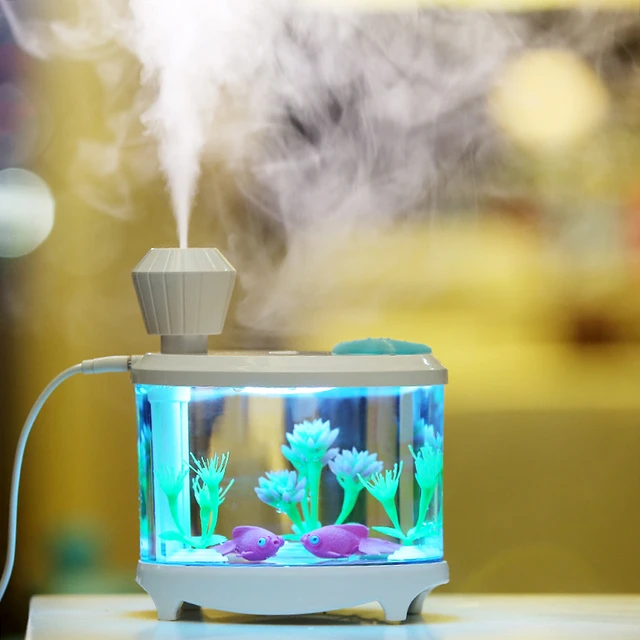
II. Cleaning and Maintenance
Implement regular cleaning and maintenance practices to prevent mold growth:
-
Unplug or Disconnect:
- Before cleaning your humidifier, always ensure it is turned off, unplugged, or disconnected from the power source for safety purposes.
-
Empty and Rinse the Water Tank:
- Remove the water tank from the humidifier and empty any remaining water. Rinse the tank thoroughly with warm water to remove any residual mineral deposits or impurities.
-
Clean the Water Tank:
- Fill the water tank with a solution of equal parts water and white vinegar or hydrogen peroxide. Allow the solution to sit for 30 minutes and then scrub the tank’s interior with a soft brush. Pay close attention to areas prone to mold growth, such as corners and crevices.
-
Rinse and Dry:
- After scrubbing, thoroughly rinse the water tank with water to remove any cleaning solution residues. Allow the tank to air dry completely before reassembling the humidifier.
-
Replace or Clean Filters:
- If your humidifier has a replaceable filter, follow the manufacturer’s instructions for filter maintenance. Cleanable filters should be cleaned regularly according to the manufacturer’s recommendations to prevent mold growth.
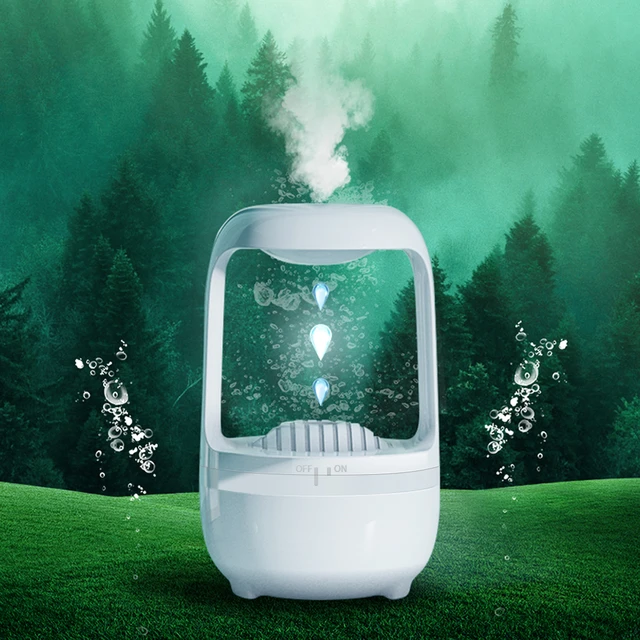
III. Prevention Tips
Implement preventative measures to discourage mold growth in your humidifier:
-
Use Distilled Water:
- Fill your humidifier with distilled or demineralized water instead of tap water. Tap water contains minerals that can contribute to mold growth and leave mineral deposits in the humidifier.
-
Control Humidity Levels:
- Monitor and maintain proper humidity levels in your home. Ideally, indoor humidity levels should range from 30% to 50%. Use a hygrometer to measure humidity levels and adjust your humidifier accordingly.
-
Clean Regularly:
- Make a habit of cleaning your humidifier at least once a week to prevent mold growth. Regular cleaning helps maintain a hygienic environment and prevents the buildup of grime and mold-friendly conditions.
-
Empty and Dry:
- After each use, empty the humidifier’s water tank and allow it to air dry completely. Standing water provides a breeding ground for mold, so ensuring the tank is thoroughly dry before storage or refilling is crucial.
-
Utilize Mold Inhibitors:
- In addition to regular cleaning, consider using mold inhibitors specifically designed for humidifiers. These products help prevent mold growth by creating an inhospitable environment for mold spores.
IV. Deep Cleaning and Disinfection
Perform periodic deep cleaning and disinfection to remove stubborn mold:
-
Disassemble the Humidifier:
- Disconnect and disassemble all removable parts of the humidifier, including the water tank, tray, and filter. Refer to the manufacturer’s instructions for specific disassembly instructions.
-
Prepare a Cleaning Solution:
- Fill a basin or sink with a mixture of warm water and mild detergent. Ensure that the detergent is suitable for the materials of your humidifier and will not cause damage.
-
Soak and Scrub:
- Submerge the disassembled parts in the cleaning solution and allow them to soak for 15-30 minutes. Scrub each component thoroughly with a soft brush or cloth to remove any mold or residue.
-
Rinse and Disinfect:
- Rinse the components with clean water to remove any soap residues. After rinsing, use a solution of white vinegar and water or a mild bleach solution to disinfect the parts. Consult the manufacturer’s instructions for dilution ratios and recommended disinfectants.
-
Air Dry and Reassemble:
- Allow the disassembled parts to air dry completely before reassembling the humidifier. Ensure that all components are dry to prevent any residual moisture from promoting mold growth.
V. Troubleshooting Persistent Mold Issues
If mold growth persists despite regular cleaning and preventative measures, consider the following troubleshooting steps:
-
Filter Replacement:
- If the filter still shows signs of mold growth even after regular cleaning, it may be necessary to replace the filter. Mold can easily colonize in a contaminated filter, contributing to ongoing mold issues.
-
Professional Inspection:
- If persistent mold growth occurs, it may be beneficial to consult a professional technician or the manufacturer’s customer support for further assessment. They can help identify any underlying issues or provide specific guidance for your humidifier model.
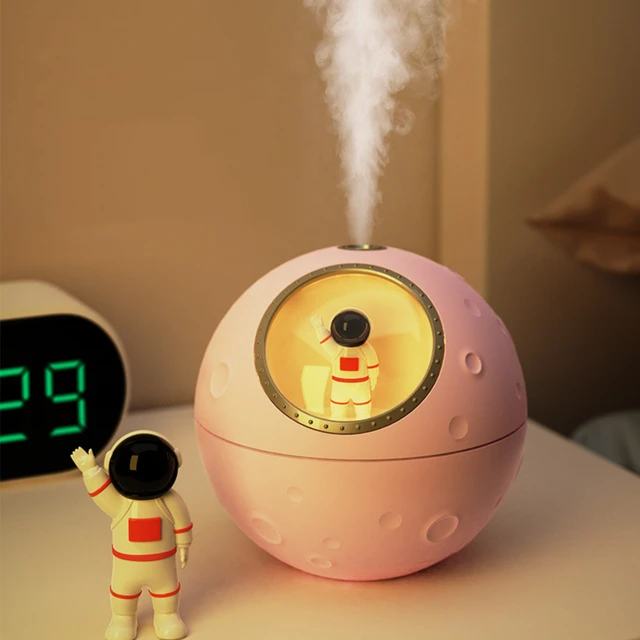
VII. Mold-Free Humidifier Maintenance
Maintain a mold-free humidifier using these additional tips:
-
Regular Inspections:
- Routinely inspect your humidifier for any signs of mold, such as discoloration or unpleasant odors. Catching mold growth early will prevent it from spreading and becoming a more significant issue.
-
Replace Old Humidifiers:
- If your humidifier is old or shows signs of persistent mold growth despite maintenance efforts, it may be time to replace it. Newer models often have improved features and materials that help inhibit mold growth.
-
Clean the Humidistat:
- The humidistat in your humidifier measures and controls humidity levels. Over time, it can accumulate dust, debris, or mold. Clean the humidistat regularly according to the manufacturer’s instructions to maintain accurate readings and prevent mold growth.
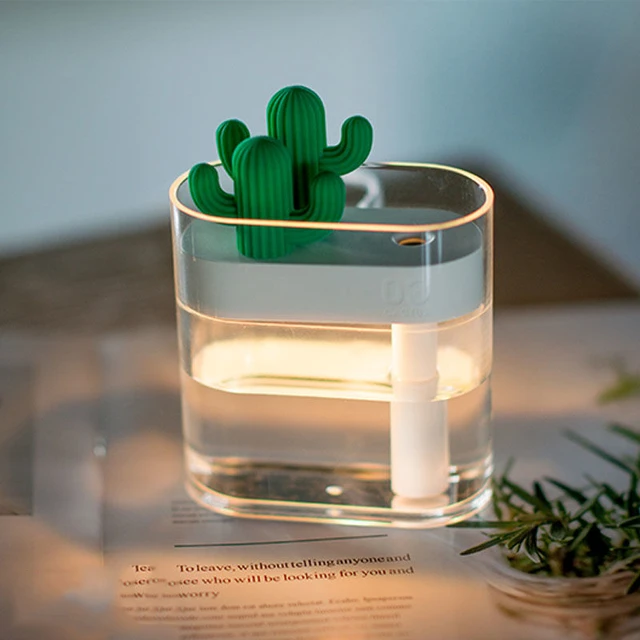
VI. Conclusion: Mold-Free Humidifier for Healthy Air
By following the cleaning, maintenance, and prevention tips outlined in this comprehensive guide, you can effectively tackle mold growth in your humidifier while ensuring clean and healthy air in your home. From regular cleaning and disinfection to utilizing preventative measures and controlling humidity levels, the specific instructions provided will help you maintain a mold-free environment within your humidifier.
Remember to prioritize safety when handling cleaning solutions or performing deep cleaning tasks. Consult the manufacturer’s instructions for guidance specific to your humidifier model. With a clean and mold-free humidifier, you can enjoy the benefits of properly humidified and healthy air in your space.
